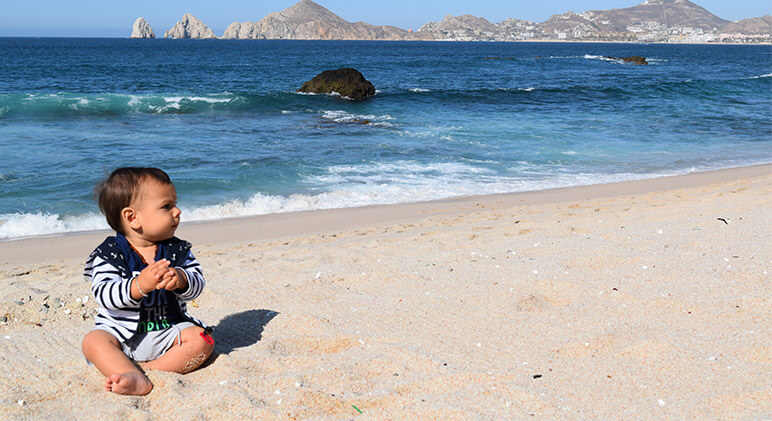
Summer is in full effect and with it come pool parties, beach days and good ol’ fun in the sun. The last thing you want to be worrying about is whether or not your sunscreen is doing its job! But choosing the right protection can be very confusing (have you been to the sunscreen isle in Target recently? Hundreds of options!). Is higher SPF really better? How often should I reapply? And what’s the difference with UVA and UVB? It can easily get overwhelming so I decided to dig little deeper in search for answers. Read on to learn everything you need to know about sunscreen and how to safeguard your skin from the sun’s harmful rays (and a list my favorite products)!
Sunblock vs Sunscreen
First things first. The terms sunblock and sunscreen tend to be used interchangeably. There is, however, a difference. There can be a myriad of ingredients but the basic rule is that a sunblock is mineral-based and sunscreen chemical-based.
A mineral, or physical, sunblock will generally contain zinc oxide (and sometimes titanium oxide). These minerals work by deflecting sunlight so that it doesn’t get absorbed by the body. Once applied, zinc oxide particles sit on the outermost layer of your skin where they scatter, absorb, and reflect ultraviolet radiation, protecting your skin below. Chemical sunscreen ingredients such as Aminobenzoic Acid, Octyl Methoxycinnamate, Oxybenzone (the list goes on) work within the cells of the body to absorb UV rays. Once these chemicals have done their job, the body must expend extra energy to eliminate them and any byproducts. This step is unnecessary with natural sunblocks.
A concern with chemical sunscreens is that they have the potential to penetrate deep into skin and inside the body. A 1999 study found that oxybenzone (which is found in the majority of sunscreens sold in the US) passes through in significant amounts. And the Centers for Disease Control (CDC) reported that 97% of Americans were contaminated with oxybenzone, which has been linked with hormone disruption and allergies.
“A natural mineral sunblock is, by far, the safest option to get your SPF. The minerals zinc and titanium sit on the skin’s surface and reflect sun rays out away from the body like tin foil. Chemical ingredients [found in sunscreens] are absorbed into the skin to deal with sun rays in a chemically reactive process in the skin cell itself, with potentially unintended and harmful consequences to the skin and body,” says Kim Walls, M.S.
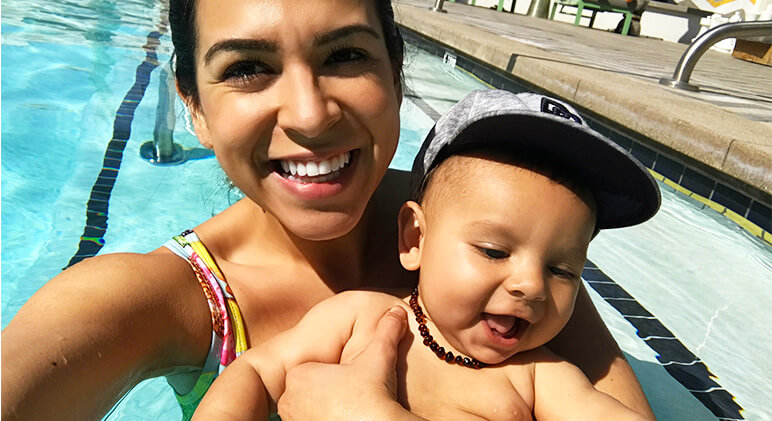
UVA vs UVB
UVA refers to the wavelengths of sunlight that cause photo-aging, UVB refers to rays of light that cause the burn. Zinc oxide is unique in that it is truly a broad-spectrum blocker, protecting from UVB ray, which cause sunburn, UVA rays, which penetrate more deeply and may be more dangerous. Titanium dioxide protects from UVB rays very well but it does not protect from UVA as well as zinc oxide.
SPF
Most sunscreens list an SPF number on the label. SPF is a measurement of protection from only UVB rays, which are the ones that cause redness and sunburn. UVA rays are considered even more dangerous, as they penetrate skin more deeply and are linked to skin cancer. But SPF does not measure a sunscreen’s protection against UVA rays—only UVB rays.
The Sun Protection Factor (SPF) is calculated by comparing the time needed for a person to burn unprotected with how long it takes for that person to burn wearing sunscreen An SPF of 15 theoretically gives you 15 times the minutes to stay out before you burn. So a person who turns red after 20 minutes of unprotected sun exposure is theoretically protected 15 times longer if they apply SPF 15.
This can get tricky though. An SPF 15 blocks about 93 percent of UVB rays, while an SPF 30 blocks about 97 percent, and an SPF 50 about 98 percent. So going higher and higher doesn’t necessarily mean you’re getting much more protection (you’ll never get 100%). In addition, high SPF products are often made with higher amounts of chemical ingredients.
In a nutshell, choose a sunblock with zinc oxide! Seems like an obvious choice and it makes you wonder why they even make chemical sunscreens. For every one percent of zinc oxide, you get 1.6 SPF units. Aim for a zinc oxide concentration of 20 percent or more. If you’re seeing 15 percent zinc oxide, look for at least 7.5 percent titanium dioxide. This will total out to SPF 30, with the right UVA protection.
My Favorites
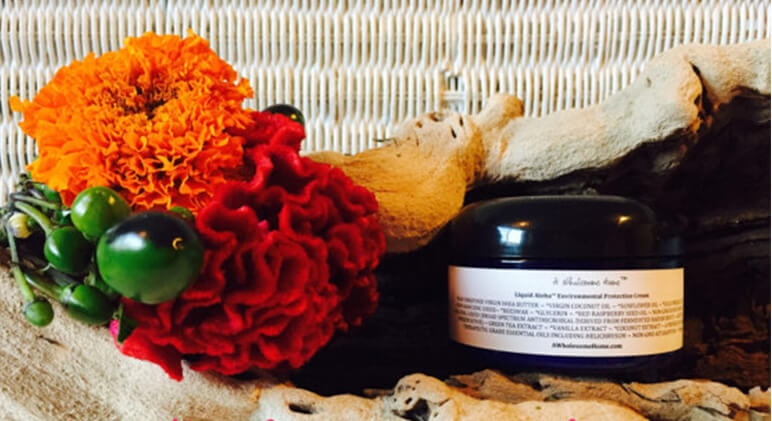
My absolute favorite sunblock is the Liquid Aloha™ Mineral Skin Protection Cream by A Wholesome Home. It’s organic, homemade and water resistant without the harmful toxins. I love how this rubs in nicely, not too cakey or watery. I always keep a jar in Oliver’s diaper bag!
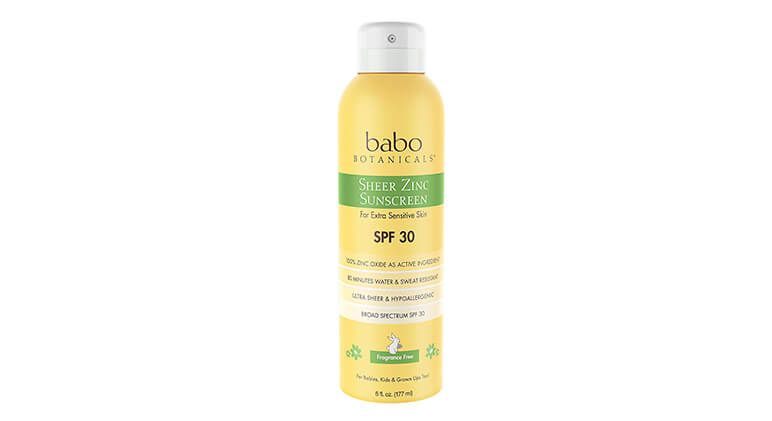
Babo Botanicals Clear Zinc Continuous Spray Sunscreen SPF 30 I love this brand and I am so happy they have a spray version of their sunscreen. Their products are safe and effective and don’t have any synthetic fragrances or dyes (and they’re gluten free). This spray goes on totally clear and applies easily. It also smells like green apples! This is perfect for sandy beach days or for squirmy kids!
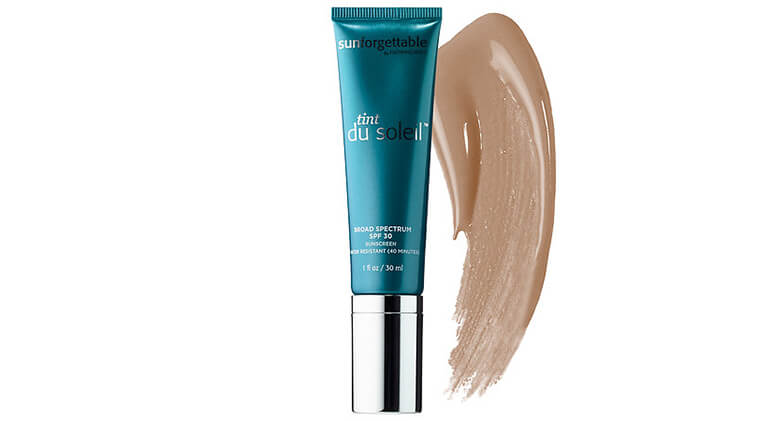
Colorescience makes really great cosmetics with healthy skin in mind! I’m obsessed with Tint du Soleil SPF 30 UV Protective Foundation. One pump goes a long way and offers medium coverage with maximum protection. This is one of the few beauty products that I keep buying over and over again! I also carry the Sunforgettable Brush-on Sunscreen SPF 50 in my handbag for touch-ups. It’s convenient and super easy to apply!
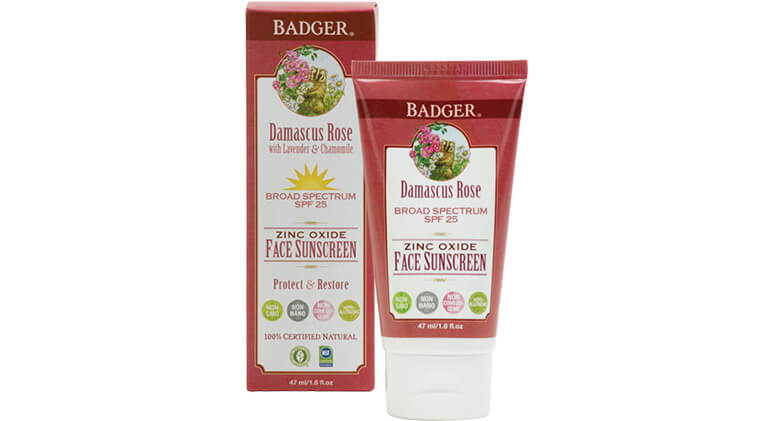
For days I want to go make-up-less, I love using Badger Damascus Rose Face Sunscreen, SPF 25! This lightweight formula doesn’t leave my face oily or white!
Things to Consider
- The sun is strongest between the hours of 10am and 4pm.
- Wear hats and sun protective clothing and opt for shady areas.
- Reapply sunscreen every two hours if you are in direct sunlight.
- Be generous when applying sunblock, quantity is just as important as quality!
Do you have any natural sunscreen products you love? I’d love to know!
About The Author
Related Posts
Everything You Need to Know Before Visiting Santorini
Dazzling panoramas, world-famous sunsets and pristine white, cliff-top villages – it’s no wonder…
23 June, 2017Tulum – Mexico’s Yucatan Peninsula Hottest Spot
As far as beach towns go, Tulum is in a category all of its own…
23 June, 2017

